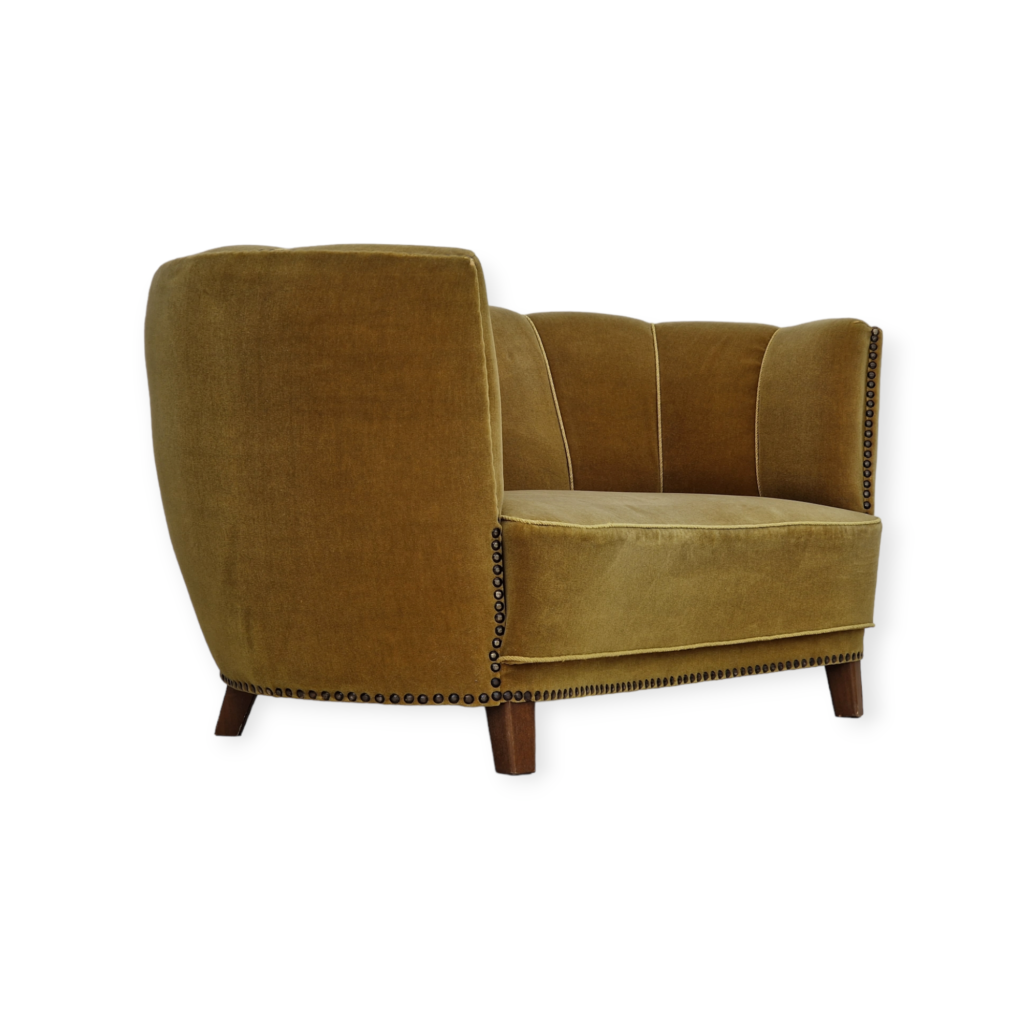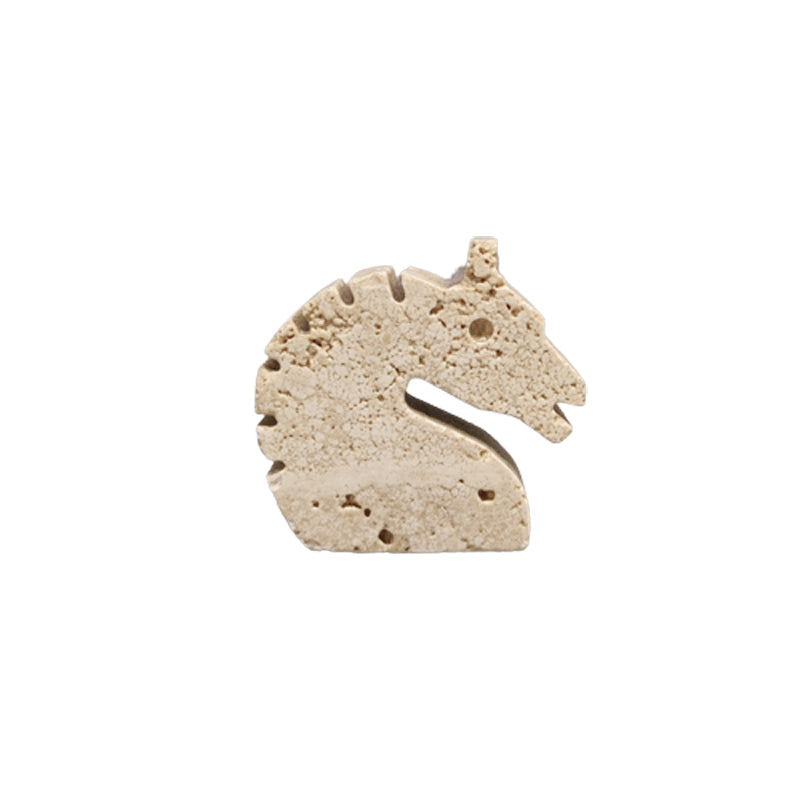Is this early Herman Miller or Evans?I'm happy to have caught a (faded) red aniline birch LCM with screw-in Domes of Silence (one slip on boot replacement), which should date to 46-53, yes? The tabs at the backrest are not rounded like some I have seen noted as Evans production. I do not know if there was variety to this or some overlap in materials in the transition to Herman Miller. Are there any indicators to date the chair more precisely in that range? There is no date stamp.The bottom of this chair is different than most. Anyone have any insights about that? The chair appears to be all original with the exception of the boot. Thanks. <img class="wpforo-default-image-attachment wpforoimg" src=" http://old.designaddict.com/sites/default/files/forum/rsz_lc
<img class="wpforo-default-image-attachment wpforoimg" src=" http://old.designaddict.com/sites/default/files/forum/rsz_lc 
I found this link on another post in the forum, and it didn't answer my questions, but was interesting
http://blog.mam.org/2011/10/07/from-museum-storage-beneath-a-ray-and-cha...
How rare is red, anyway? I have often read that it is "rare" but I've never seen specifics on that.
Yes, they're embedded in the mounts. There's a (cringe) drilled-through ash one here-
http://www.ebay.com/itm/EAMES-Herman-Miller-EVANS-Vtg-Mid-Century-Modern...
Not really clear who made that one either. Herman Miller seems likelier. Question mark. ?
The aniline red had the tendency to fade, and definitely has in this case. The red can still be seen in sort of swirly stripes in the graining of the birch, and hints of it remain around the edges. The qualities of the finish are not conveyed particularly accurately in the photos due to lighting conditions, etc. The yellow-brown of the birch + the red also cause the chair to present as slightly greenish, depending on light. This may sound kind of pukey, but it's not, really, it's just a characteristic of the finish... it's a little different than most examples, and I like it! I picked up a slightly later walnut one (boot glides, 50s HM label, no holes for DOS glides) at the same time, side-by-side the dyed birch vs. walnut comparison is more clear.
The "collars" are not actually embedded in the mounts as I noted above, but they might look like they are if one was looking at the chair upside down in the dark...I'm still curious about this part.
Neurotic Attention:
So I was looking at my LCM pictured up there and it seemed to me that it might be a little small, so I measured it... at the widest point of the seat it measures 21.75". The 1950 catalog gives this dimension as 22.25", and I have another old LCM that measures 22". A full half inch difference seems like a pretty big variance that I imagine probably indicates something, but I don't know what.
I was reading something in this forum recently about how slightly different molds used for the fiberglass shell chairs account for differences in shell thickness and shape; I suppose the same may be true of the molds for the plywood chairs too.
Note the chips and other damage at the edges of the "red" chair above. It's possible that your chair was trimmed to remove such damages, resulting in the reduced size ?
The red aniline dye has almost disappeared from the faces of the seat and back on your chair. Perhaps the chair was placed in a bright sunny place for years . . . ?
I have a set of 6 evans production red aniline eames DCW chairs. I took some photos of them in this thread:
http://www.designaddict.com/forum/General-discussion/Early-Production-Ea...
They have faded to a warm cherry color. They are still quite vibrant on the reverse. One of the chair's has almost completely lost its red finish on the top side.
Red is often described as a "fugitive" color, in pigments at least. That is, it is unstable and therefore impermanent. It seems that this may be true of dyes as well. I would imagine that restoration of this color would include re-dying -- just as pigment stains are routinely replaced when restoring stained finishes . . .?
If you need any help, please contact us at – info@designaddict.com












